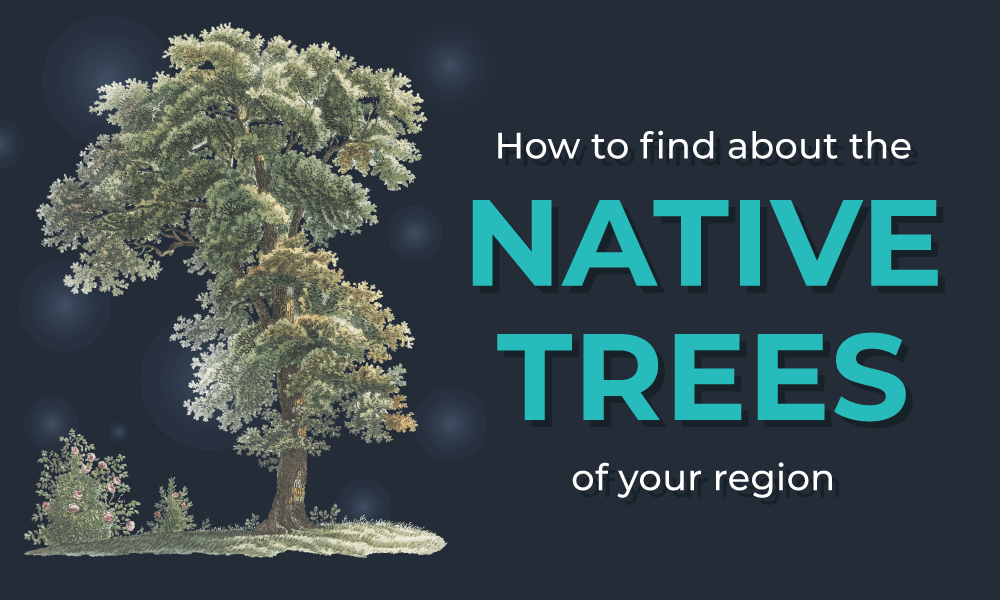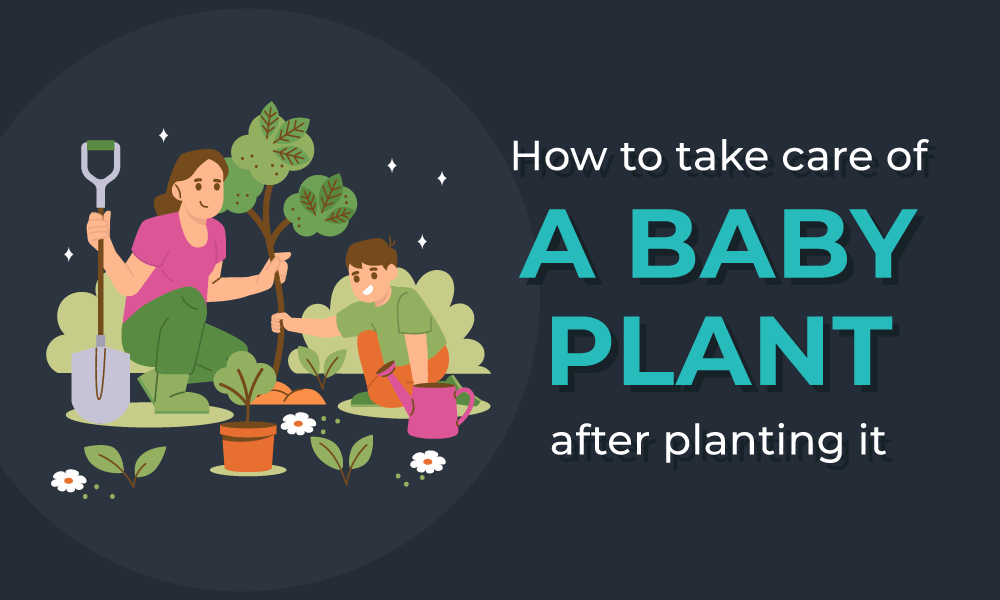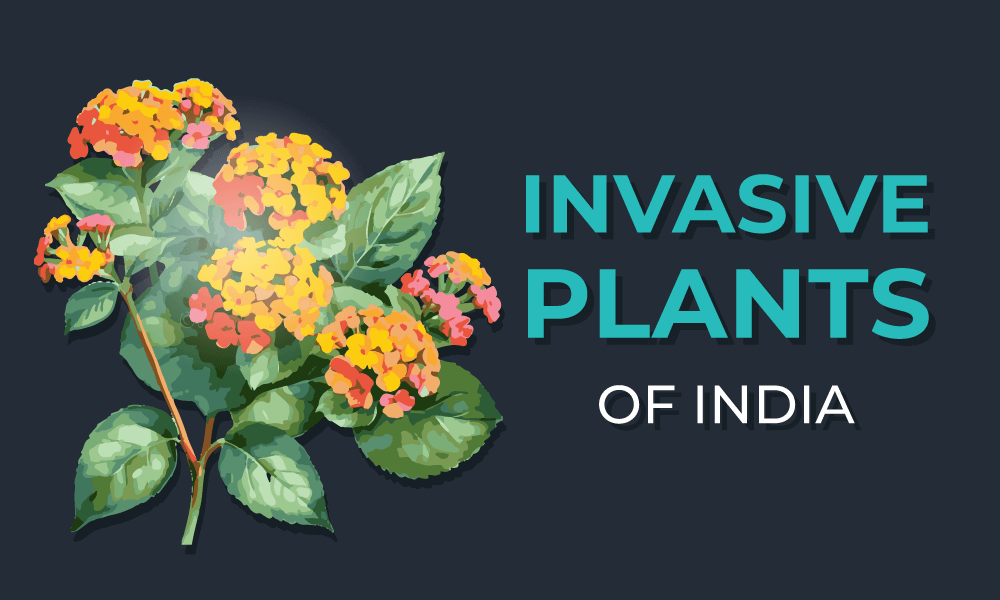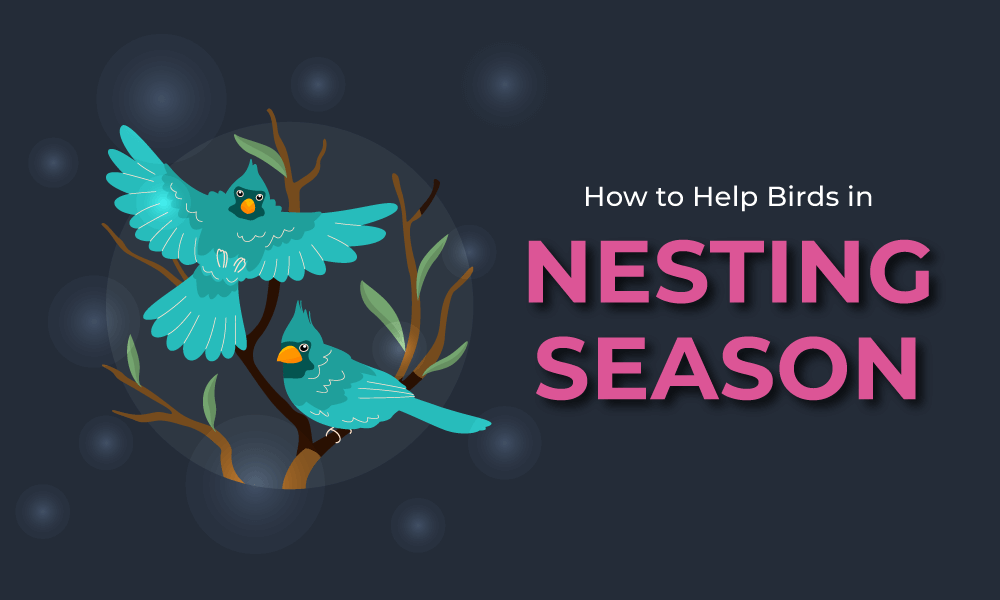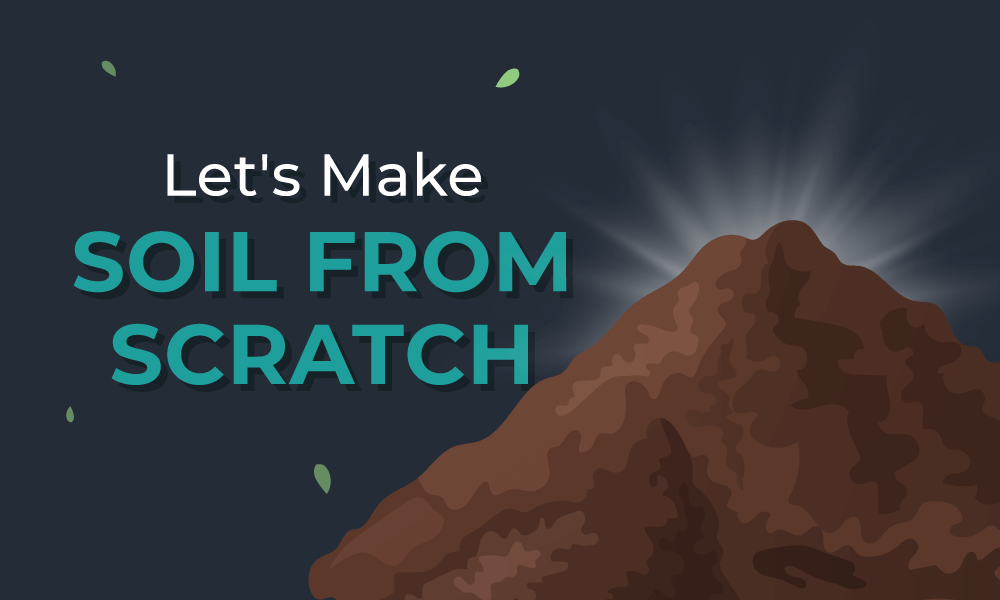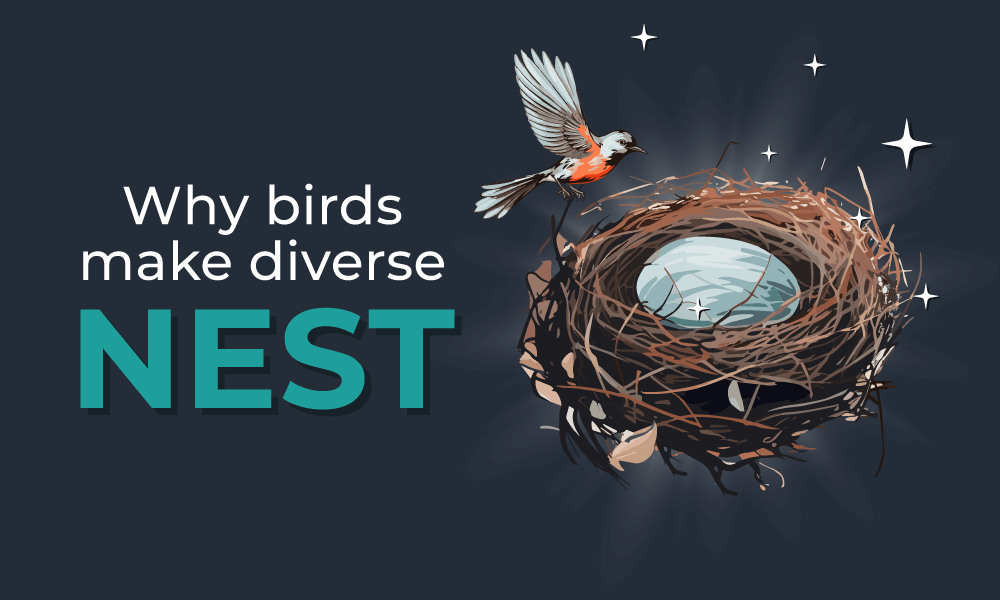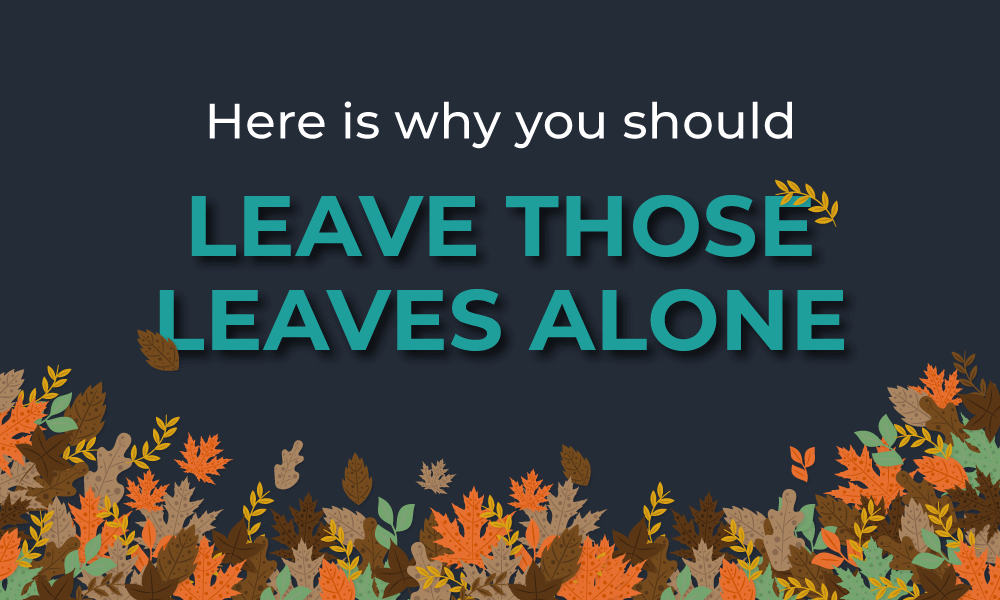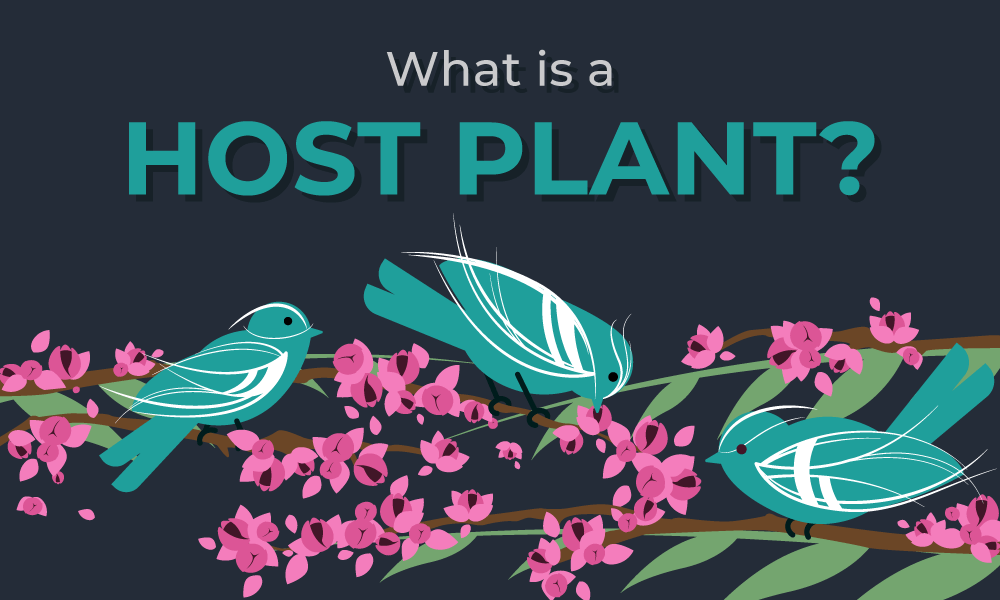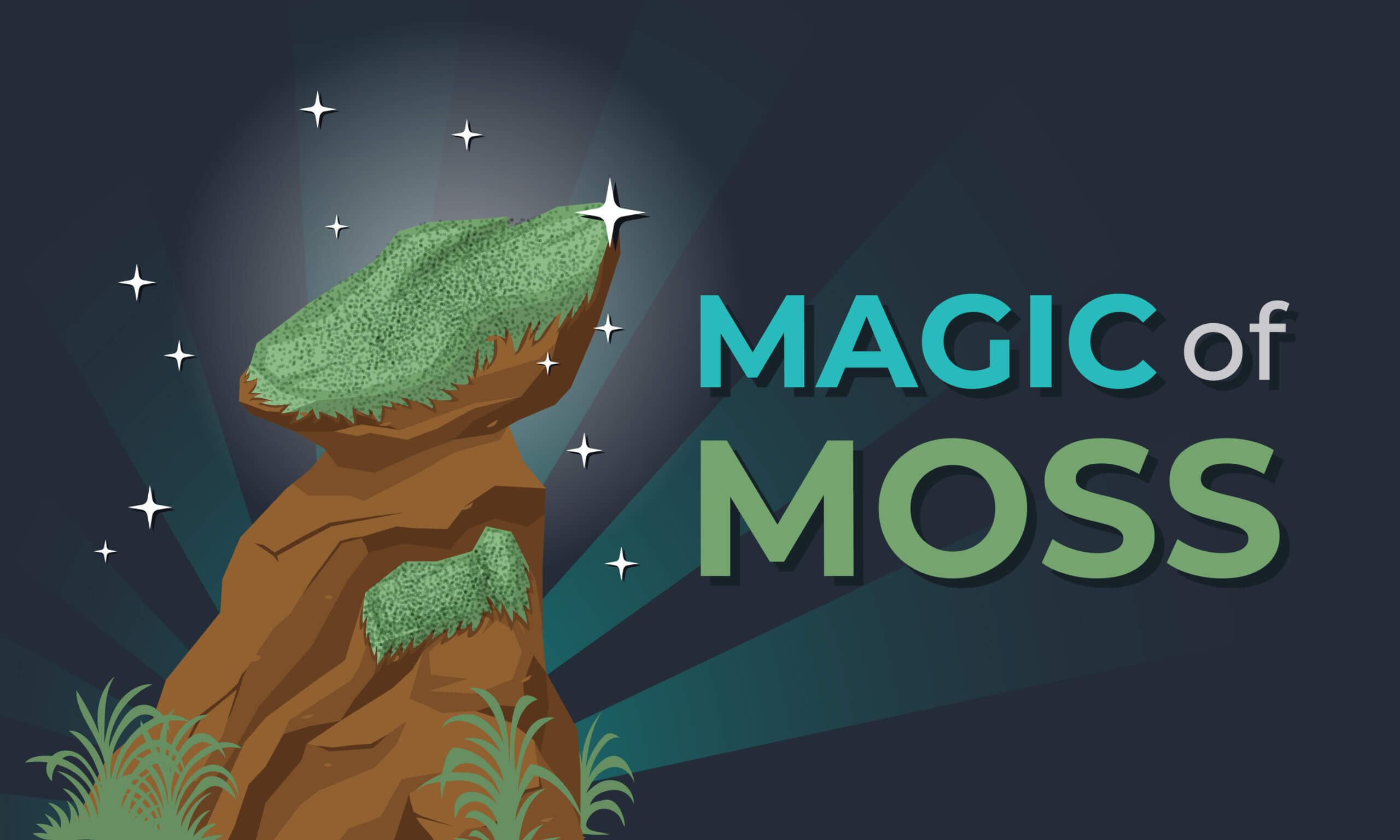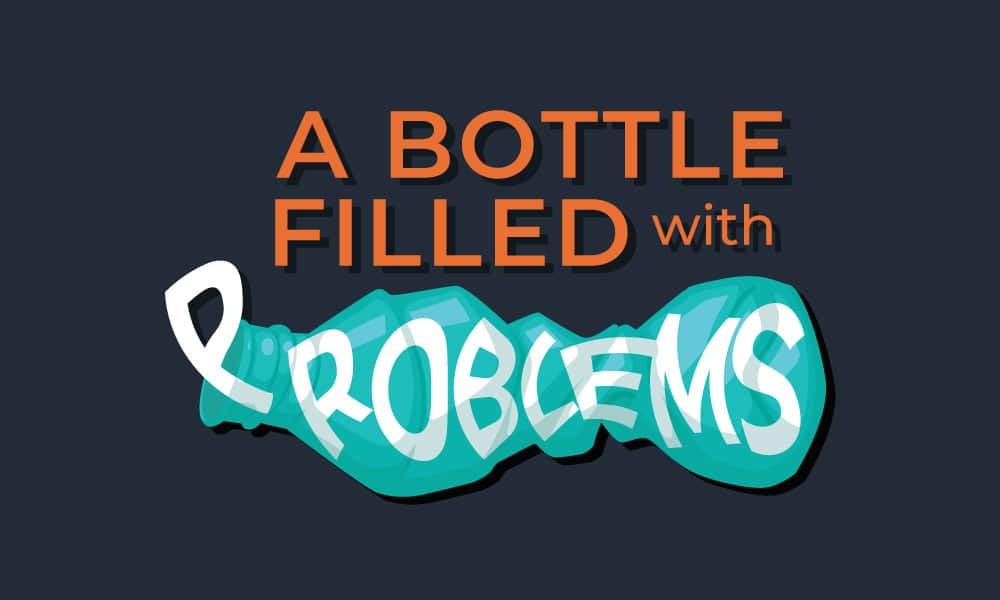Imagine you are drinking a glass of water and at of a sudden you notice something wobbling in that water, you look closely and find a worm wiggling and dancing. What will you do?
Most of us maybe will just throw that water and check the place where that is coming. Or start cleaning our RO machine or tap or water container. Some of us might even talk about the water quality in today’s world.
But what about that worm? Don’t you want to know what was in your glass? Where did it come from? Why was it there? So let’s start investigating by asking the right kind of questions.
What could be in our glass?
Small worms in tap water could be midge larvae also called bloodworms, flatworms, flukes, tapeworms and roundworms.
If you see something red in your water
Chances are that it is a Red worm, Red worms in water are called bloodworms, and they are the larvae of midges. Midges lay their eggs in water, and after about ten days, the eggs hatch into larvae that are blood-red or pink in colour. The larvae get their bright red colour from haemoglobin, which is a protein found in the blood.
Red worms are often found in wastewater treatment plants, where they feed on bacteria and sludge. Red worms are a sign that your water is contaminated by sewage or wastewater.
How do we get water in our house?
Almost 80% of India’s population depends on groundwater, which makes India the largest groundwater user globally and the rest of the water depends on rivers or other sources like ponds and wells.
In your area, there must be a big overhead water tank which is usually filled by heavy water pumps, which suck out water from beneath the ground or from any river or pond.
Now through the pipeline all the stored water inside the tanks is delivered to the local area, that is how you get your drinking water.
How do these worms get into my glass?
Between your house and the water tank, water travels a very long path and along the way, it could get damaged somewhere and that’s how those contaminants are leaked into the water pipes.
Read more :: Why You Should Leave Those Leaves Alone
If you have some suggestion on which we should write or you have any query and something else you can contact us. Please do share this blog with your family, friends, and others so they can all learn about How Bloodworms Get Into My Water





























